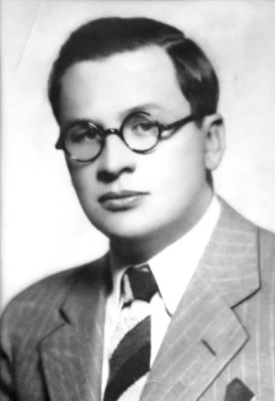
José Luis Tejada Sorzano was a Bolivian lawyer, economist, and politician who served as the 34th president of Bolivia from 1934 to 1936. The last president to be a member of the Liberal Party, Tejada Sorzano previously served as the 23rd vice president of Bolivia from 1931 to 1934.

Alfredo Ovando Candía was the Commander of the Bolivian Air Forces and ambassador who served as the 48th president of Bolivia twice nonconsecutively, first as co-president with René Barrientos from 1965 to 1966 and then as de facto president from 1969 to 1970.

The LVI Legislature of the Congress of Mexico met from 1994 to 1997.

Pedro Agustín Morales Hernández was a Bolivian military officer who served as the 16th president of Bolivia from 1871 to 1872.
The National Prize for Arts and Sciences is awarded annually by the Government of Mexico in six categories. It is part of the Mexican Honours System and was established in 1945. The prize is a gold medal and 520,000 pesos.

The Foreign Minister of Bolivia is the head of the Ministry of Foreign Affairs. The current minister is Rogelio Mayta, who was appointed by president Luis Arce in November 2020.
Bandera Roja was a weekly labour newspaper published from La Paz, Bolivia, between 1926 and 1927. In total 52 issues of the newspapers were published, a record for Bolivian labour publications of the era.
Events in the year 1952 in Mexico.
Events in the year 1954 in Mexico.
Events in the year 1981 in Mexico.

The Ministry of Economy and Finance is a cabinet ministry of the government of Ecuador responsible for overseeing the nation's public finances.

The Ministry of Economy and Public Finance is a cabinet ministry of the government of Bolivia responsible for overseeing the nation's public finances and responsible for formulating and implementing macroeconomic policies that preserve stability and promote economic and social equity.

Enrique Peñaranda assumed office as the 38th President of Bolivia on 15 April 1940, and his term was terminated by a coup d'état on 20 December 1943. A general in the Chaco War, Peñaranda was brought forth by the traditional conservative political parties, sidelined since the end of the Chaco War, as their candidate in the 1940 general elections.
The following squads were named for the 1942 South American Championship that took place in Uruguay.

Carlos Montenegro Quiroga was a Bolivian lawyer, journalist, politician, and writer who served as minister of agriculture from 1943 to 1944. He was the principal political theorist of the Revolutionary Nationalist Movement, co-founding the party newspaper La Calle which laid the ideological bases of the party. His most famous work, Nacionalismo y coloniaje (1943), an essay on the influence of journalism in the history of Bolivia, is considered to be one of the most influential works in Bolivian historiography.









